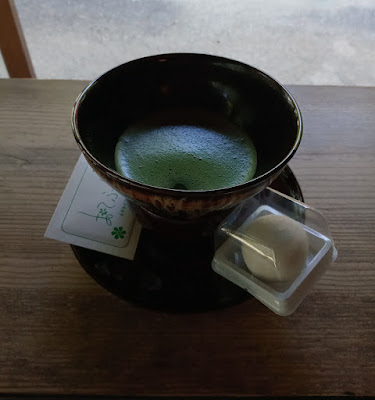Given the clue “Find the temple where Hideyoshi’s wife Onene spent her final years”. It didn’t take long to find out that my assigned sight was Kodai-ji Temple. A relatively unknown temple when compared to its neighbors, Yasaka Shrine and Kiyomizu-Dera, Kodai-ji is a beautiful site that I personally enjoyed more than Kiyomizu-Dera, the go-to temple in the Gion area. My temple is more toned down and elegant than the other two places I mentioned above, its structures are more simplistic and fewer in number, but each of them are considered historical treasures.
 |
Trying to find the entrance on a narrow residential street.
|
When I visited Kodai-ji the first time, I knew nothing about it other the fact that is where Hideyoshi’s wife died, and that she had it built to honor his memory after he died. My main focus during this exploratory first visit was to learn my way around the complex, take pictures, and make sure that I could remember the path again when we returned together in October.
 |
| Kaisan-do with view of a pond |
I absolutely loved Kodai-ji. The more simplistic layout of the buildings lends itself to a quiet space in nature very well. Due to the article I read by William H. Samonides and more of my own research in preparation for touring around again, I learned that it wasn’t supposed to be that way. The complex used to have many more buildings, but due to several fires only six main structures remain. One of my favourites is the Kaisan-Do; it has many paintings from the Tosa and Kano schools.
 |
| Famous picture of Kodai-ji maki-e |
The Otama-ya, however, is a very special building as it contains much of what Kodai-ji is known for; Momoyama period maki-e, also known as Kodai-ji maki-e. Maki-e is a Japanese style of lacquer where gold or silver dust is sprinkled on the lacquer while it is still wet.
 |
| Match and mochi |
By far, my favorite part of visiting Kodai-ji was getting a cup of matcha tea while sitting in a tea room. Near the end of the walking through Kodai-ji, you can pay 500 yen to get a cup of tea and a small mochi snack. The perfect way to end a walk around centuries old Japanese buildings surrounded by nature.